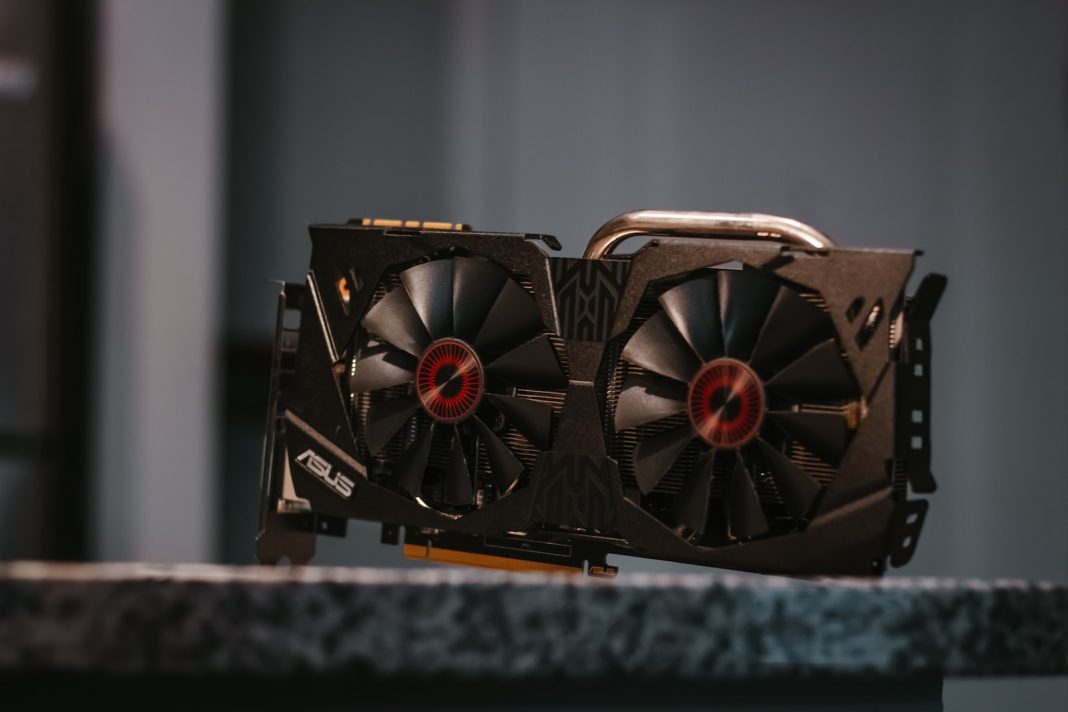In the ever-evolving landscape of PC gaming and performance, knowing the ins and outs of your computer’s hardware is crucial. One key element often sought after is the Graphics Processing Unit (GPU), the powerhouse behind rendering stunning visuals and powering the latest games. Unraveling the mystery of your GPU is not reserved for tech wizards; anyone can unveil this information effortlessly. In this guide, we explore various methods to discover which GPU your PC is equipped with, without the need for opening up your trusty machine.
Windows Device Manager: Your Quick Gateway
Embarking on the quest to identify your GPU, the Windows Device Manager proves to be a handy ally. Accessible on all Windows versions without the need for additional downloads, this tool simplifies the process. To navigate to Device Manager, a simple search in the Windows Start Menu or a visit to Control Panel under Hardware and Sound > Device Manager will suffice.
Once in Device Manager, unfold the “Display Adapters” section by clicking the arrow. Here lies the revelation – a list of GPUs currently residing within the depths of your PC. Usually, a solitary GPU graces the list, but those with dual GPU setups or integrated graphics may encounter a more diverse display. Manufacturers such as Nvidia, AMD, or Intel might be listed, with specific models like Nvidia GeForce RTX 3060 Ti shining in all their glory.
A deeper dive into your GPU’s specifics is only a double-click away. Explore details such as the installed driver version and the PCI slot that your GPU proudly occupies.
Manufacturer’s Control Apps: Nvidia and AMD Unveiled
For those conscious of their PC’s allegiance to either Nvidia or AMD, the manufacturer’s control apps offer a more detailed perspective. Nvidia users can venture into the Nvidia Control Panel’s “System Information” or, alternatively, Nvidia GeForce Experience app under Settings > My Rig.
Similarly, AMD aficionados can uncover their GPU’s secrets within the AMD Catalyst Control App under Hardware > Graphics Chipset. These applications provide a comprehensive view, offering insights beyond what Device Manager can reveal.
Third-Party Software: Widening the Horizon
If the specifics still elude you, or if you prefer to avoid the manufacturer’s apps, third-party software swoops in as the solution. GPU-Z, Speccy, Open Hardware Monitor, and other free tools step up to the plate. Each program operates uniquely but shares a common goal – offering a more intricate overview of your computer’s hardware compared to Device Manager. Part numbers and vendor codes become accessible, aiding in pinpointing your GPU’s specific model.
Serial Number: The Final Frontier
Yet, even the most advanced software has its limits. If the need arises to unveil your GPU’s elusive serial number – perhaps for warranty verification or checking hardware recalls – there’s a different protocol. Power down your PC, unplug it from the digital world, and venture into the inner sanctum by opening the case. There, amidst the components, the GPU’s serial number shall reveal itself, providing the last piece of the puzzle.
In conclusion, unravelling the mystery of your PC’s GPU is not a task reserved for the tech-savvy elite. With tools like Windows Device Manager, manufacturer-specific apps, third-party software, and a touch of manual exploration, anyone can gain insights into their computer’s graphical prowess. Whether you’re eyeing an upgrade, troubleshooting performance issues, or simply satisfying your curiosity, understanding your GPU is a crucial step in the realm of PC gaming and beyond.


